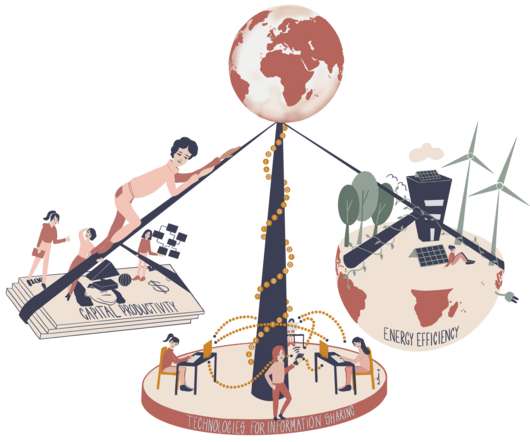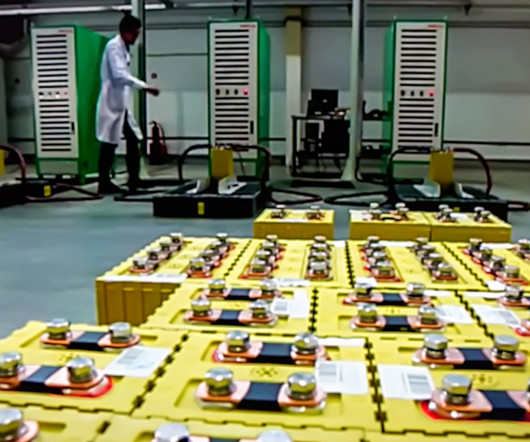COP26: 5Zs that changed the world
The Logistics & Supply Chain Management Society
DECEMBER 21, 2021
Even with all new Glasgow pledges for 2030, we will emit roughly twice as much in 2030 as required for 1.5 Part 1–Defining the moment. by Wolfgang Lehmacher, Anchor Group & Mikael Lind, Research Institutes of Sweden (RISE). degrees Celsius,” states the Climate Action Tracker.


















Let's personalize your content